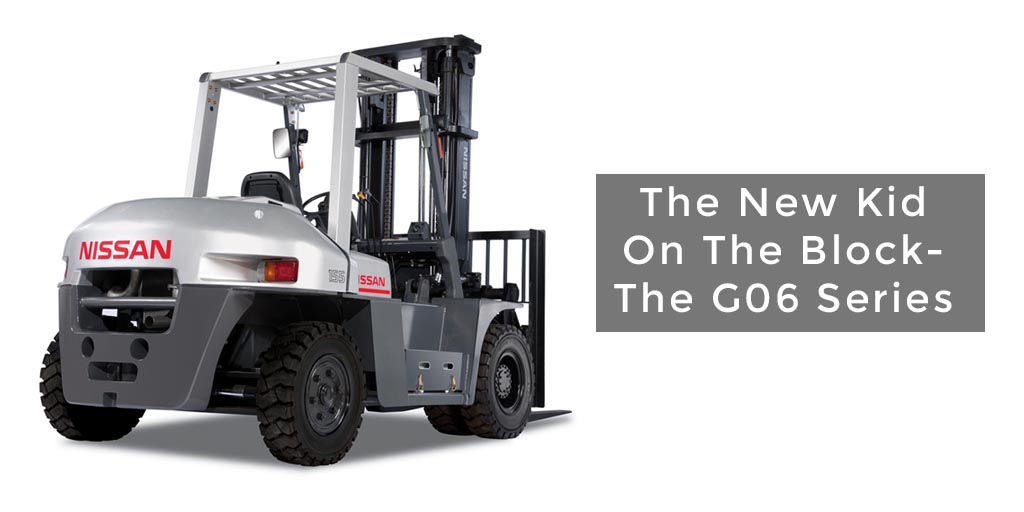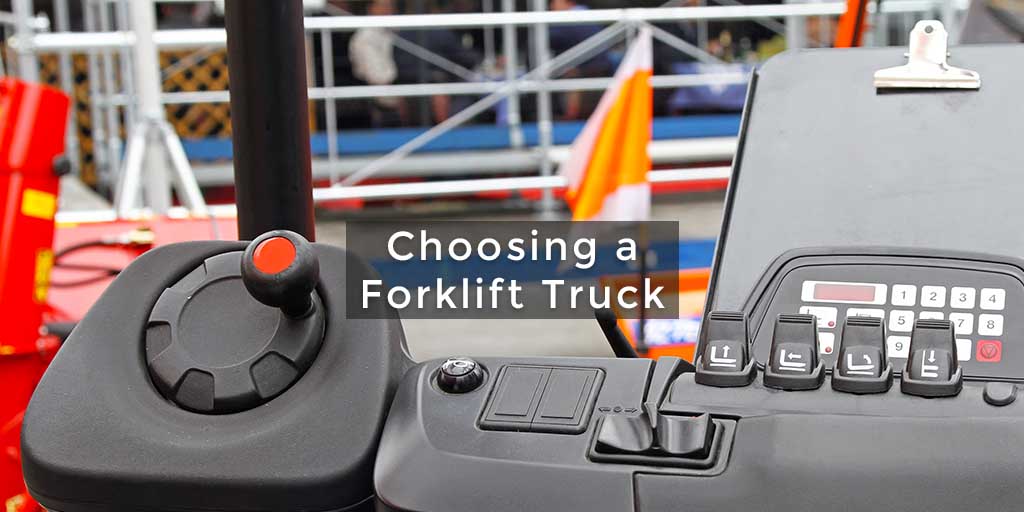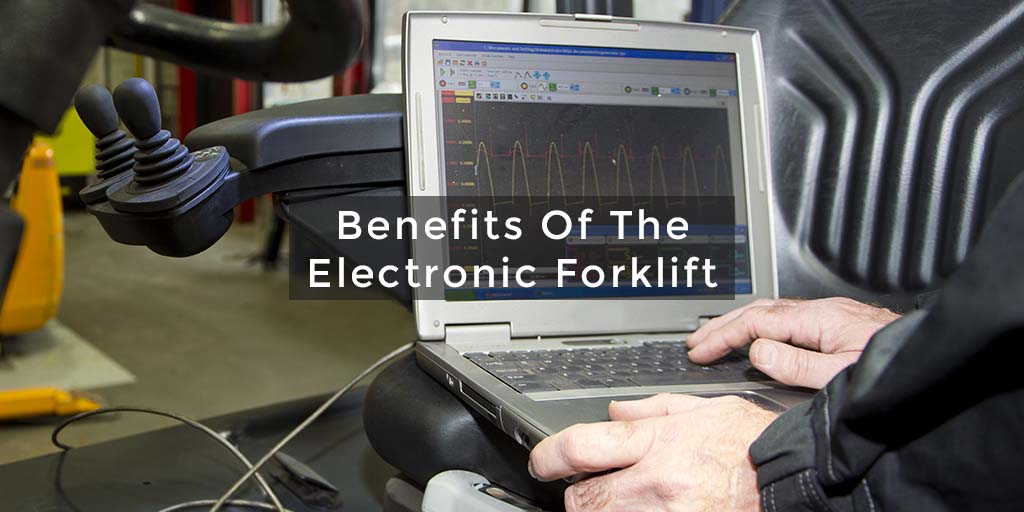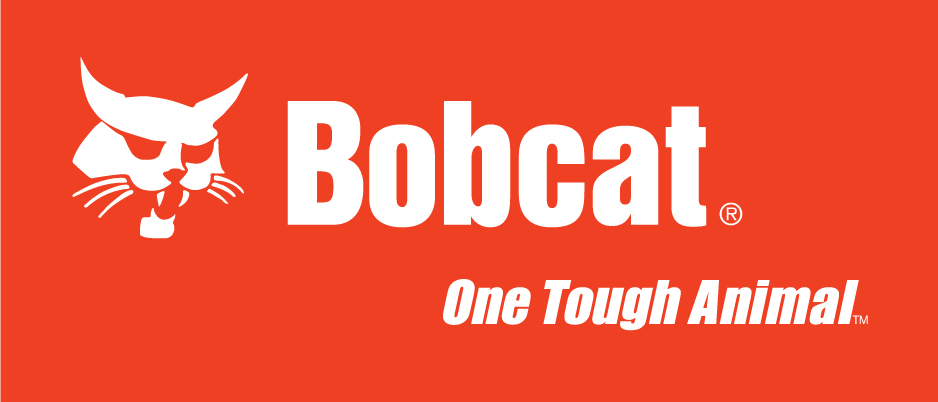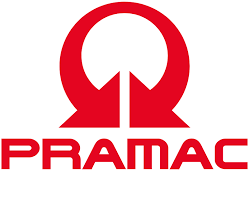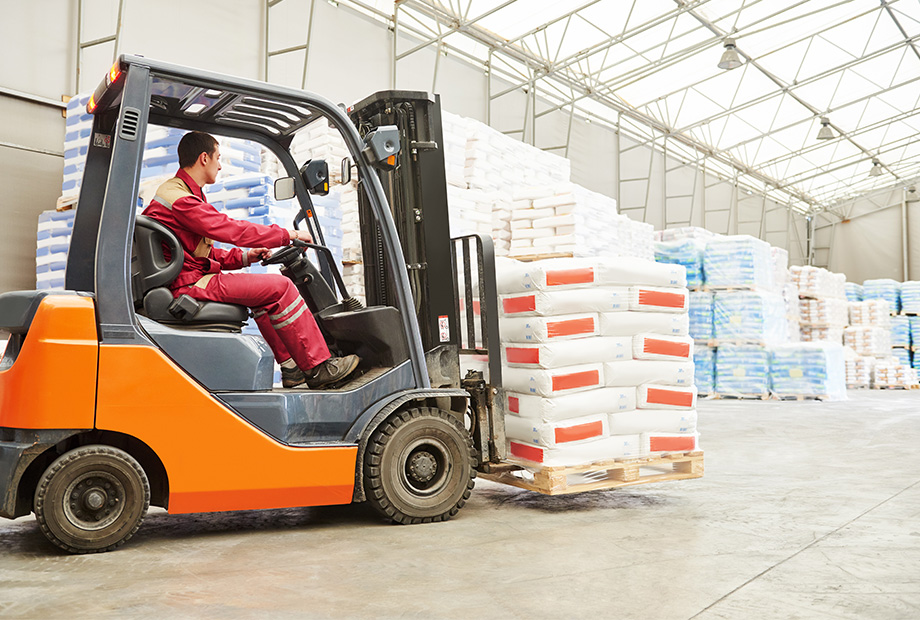
When it comes to operating a forklift truck, or deciding whether you want to buy a new or used forklift, you must carefully consider its fuel type. There’s a range of fuel options available for lift trucks, and it’s essential you choose the one most suitable for the job, for your budget and for the operating environment.
The most widely used fuel types available for forklifts include lead acid batteries, lithium ion batteries, LPG and Diesel. We’re going to briefly go through these fuel types in order to highlight the pros and cons and help you make a more informed decision.
Lead acid batteries for electric forklifts
Electric forklifts that are powered by lead acid batteries require either a single battery or a fuel cell, which can then supply power to the motor of the truck. Forklifts that are powered by this fuel type emit zero exhaust fumes, which helps to improve the air quality of the workspace.
Pros:
-
Environmentally friendly thanks to a lack of emissions.
-
Provide a longer lifespan to the electric forklifts.
-
Produce a low level of noise, making it easier for operators to communicate.
-
Forklifts that use this fuel type have a lower centre of gravity and are more stable.
-
Lift trucks with lead acid batteries have the benefit of simpler operator controls.
Cons:
-
The batteries can take 8 hours to recharge and 8 hours to cooldown.
-
Expensive spare batteries will be required for around the clock operations.
-
Charging batteries will sometimes mean longer downtimes.
-
Battery recharge stations will require more additional up-front costs.
Lithium ion batteries
Forklift trucks that operate with lithium Ion batteries are considered to be innovative technology in the industry. The adoption of this fuel type is constantly increasing as these batteries have many advantages over traditional lead acid alternatives.
Pros:
-
They provide consistent power and voltage throughout a full charge.
-
Deliver fast charging speeds and cooling down periods.
-
They can be opportunity charged throughout shift work, which helps to avoid time consuming battery changeovers.
-
1 lithium ion battery can replace up to 3 lead acid batteries, which helps to lower costs.
-
They require no charging room to charge, reducing additional auxiliary costs.
-
Lithium ion batteries are maintenance free, requiring no watering, equalising or cleaning.
Cons:
-
Can often involve higher up-front costs for smaller operations, introducing the new technology.
-
Disposing of these batteries can require higher recycling costs.
-
These batteries weigh less than lead acid counterparts, meaning a counterbalance may need to be added to certain forklifts to compensate.
LPG gas
LPG gas counterbalance trucks generally have longer running times and can lift heavier loads than electric powered counterparts. Forklifts powered by this fuel type can make for an ideal solution to operating in warehouses or loading docks, and can operate both outdoors and indoors effectively.
Pros:
-
Widely and easily available as it’s an extremely common forklift fuel type.
-
Highly flexible usage for both indoor and outdoor working environments.
-
Very fast to refuel when compared to recharging battery powered forklifts.
-
No spare batteries or battery charging room required, saving on costs.
Cons:
-
Outdoor storage areas required for LPG tanks will mean additional costs.
-
The tank on the forklift can obstruct rear view for operators.
-
Demands a higher fuel cost compared to battery powered forklifts.
Diesel
Forklifts that operate on diesel are usually the heaviest lifters and have a higher ground clearance, making them ideal for working outdoors on uneven surfaces. The power of the diesel engines gives these forklifts everything they need to lift extremely heavy loads and drive around easily with a full load.
Pros:
-
Diesel life trucks have more torque, making them suitable for lifting higher capacity loads.
-
Their internals are less complicated, making them generally more reliable.
-
When compared to other fuel types, diesel can last a lot longer.
-
Can be refueled via a bowser similar to a petrol station, making refuelling quicker.
Cons:
-
Can be more pricey compared to LPG gas, depending on location.
-
Diesel fuel powered engines are generally a lot noisier.
-
EPA standard fuel reserve storage rooms are required, creating additional costs.
-
More consumable parts are needed, such as emissions maintenance, oil and filter changes.
-
Operating areas will need reinforced support to cope with fully laden weight of forklifts.
-
Diesel fuel emissions emitted mean forklifts can only be used in open or well ventilated spaces.
Are you looking to purchase a new Forklift or used forklift? Why not give us a call today? 0800 298 8790.


